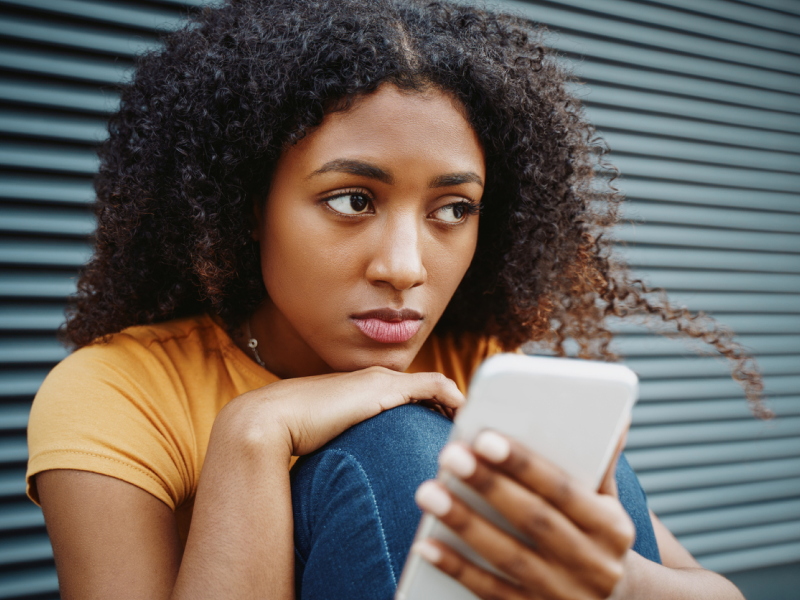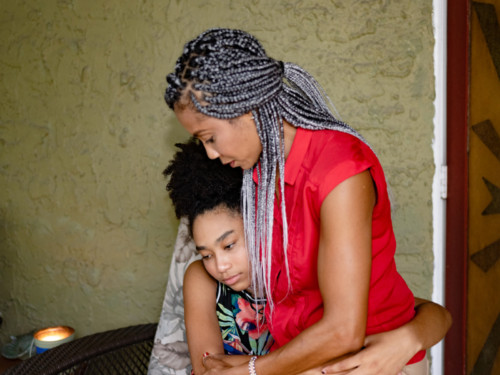
Table of Contents
Everything You Need To Know About the New Suicide & Crisis Lifeline
Written By: Charlie Health Editorial Team
August 25, 2022
5 min.
If you or someone you know is experiencing a mental health crisis, call or text the new National Suicide & Crisis Lifeline at 988.
Learn more about our Clinical Review Process
Table of Contents
WARNING: this post contains in-depth language and information about suicide. If you are in acute crisis looking for help, please call the National Suicide Prevention Lifeline at 988 or dial 911.
If you or someone you know is experiencing a mental health crisis, there’s a new way to reach out for help. As of July 16, 2022, you can simply call or text the number 988 to reach a trained crisis counselor.
Modeled after 911, the new three-digit Suicide & Crisis Lifeline creates a memorable number for immediate mental health support across the United States. The 988 hotline aims to be a free, confidential suicide prevention and crisis line for people experiencing any type of mental health crisis.
Previously, the National Suicide Prevention Lifeline was an 11-digit number. Now, with the new three-digit number, anyone experiencing a mental health crisis can quickly call, text, or chat online and receive qualified support immediately. In transitioning to a three-digit code, there’s hope that reaching out for mental health support will become routine and destigmatized—just like calling 911 when an emergency arises.
Here’s everything you need to know about the new Suicide Lifeline to access quality mental health care.
Why is there a new suicide prevention number?
The need for an easy-to-access suicide prevention number is clear. According to the Centers for Disease Control and Prevention (CDC), suicide is the 10th leading cause of death nationwide. In the United States, more than 45,000 people die by suicide every year—and 125 people die by suicide every day.
In 2018 alone, over 10.7 million adults in the U.S. seriously considered suicide, 3.3 million made a plan, and 1.4 million attempted it. The risk of suicide is even higher in high-risk populations. For example, LGBTQIA+ young adults face a four-times higher risk than their heterosexual counterparts. Over the last few years, the impact of the COVID-19 pandemic has increased suicide rates, especially among adolescents—a demographic where suicide ranks the highest among the top causes of death.
By creating a universal telephone number, the Congress 2018 Suicide Hotline Improvement Act makes it easier for people to access immediate mental health support. According to research by the Substance Abuse Mental Health Services Administration, there’s empirical evidence that a three-digit dialing code for a national suicide prevention lifeline could play an essential role in improving intervention efforts.
A three-digit dialing code is easier to remember than the previous 11-digit number, significantly improving accessibility for anyone experiencing a mental health crisis. At the same time, such consensus around the need for simplified mental health resources shows that more people than ever are acknowledging the mental health challenges facing millions of young people. This helps with destigmatization, especially around suicidal ideation. This can also signal that mental health challenges are equally important to medical emergencies. Over time, these changes could bring much-needed emergency services and resources to improve local mental health services.
How does the National Suicide Prevention Lifeline help?
The National Suicide Prevention Lifeline is an important part of suicide prevention. Since its foundation in 2005, the Lifeline has helped countless people avoid suicide by offering free emotional support for anyone experiencing a mental health crisis.
Contrary to popular belief, the Lifeline isn’t a single call center. Instead, it’s a nationwide network of approximately 190 local and state-funded crisis centers serving local communities. Every local crisis center provides a safety net for callers, and most centers are nonprofits staffed by trained volunteers and crisis counselors.
When someone places a call to the Lifeline, they’re connected to the closest crisis center based on the area code. Then, counselors can provide referrals to local services as needed. In addition, if a crisis center is overwhelmed by calls or experiences a disruption, the Lifeline can automatically route callers to another center in the U.S.
In many cases, suicidal individuals don’t have the emotional support they need to overcome a mental health crisis. Suicide is highly preventable, but intense emotions can open the doors for impulsive actions. By creating an easy-to-reach mental health crisis hotline number, people experiencing mental health crises can access professional emotional support from trained counselors to navigate intense emotions and overcome suicidal thoughts.
According to a survey by the FCC, those who called the suicide prevention lifeline were “significantly less likely to feel depressed, less suicidal, less overwhelmed, and more hopeful by the end of calls.” When people call, text, or chat 988, they’ll be connected with trained counselors, social workers, and crisis workers within the Lifeline network. These trained mental health professionals will listen, provide confidential support, and connect callers to mental health resources if needed.
What will happen to the old National Suicide Lifeline number?

When people call or text the previous Lifeline number (1-800-273-8355), they can still access immediate mental health support. Anyone in the United States who needs mental health support can call the previous Lifeline number for support. And remember: you don’t need to be in danger of suicide to reach out to the Lifeline. The service is available for anyone experiencing emotional distress, even if you’re not thinking about suicide.
According to the Suicide & Crisis Lifeline, the previous phone number will always remain available to people in emotional distress or suicidal crisis.
What can you do to help prevent suicide?
We all have a role to play in suicide prevention—and there are many things caregivers, family members, and friends can do to support their loved ones. If your loved ones are experiencing mental health challenges or suicidal ideation, here are some ways to provide support:
- Check in with them. Mental wellness isn’t always a linear journey. Your loved one might have peaks and dips depending on their stress levels, physical health, and other factors. Ask them how they’re doing, listen carefully, and don’t be afraid to talk about difficult topics.
- Find helpful resources. Learning more about your loved one’s mental illness can help you provide the support needed when the time is right. You can learn more about common adolescent mental health challenges on our blog.
- Talk about it. By sharing your experiences, you can combat the stigma surrounding mental health. Encourage your loved ones to seek professional help when needed, and remind them that they’re not alone.
Contact Us
Mental health crises can feel overwhelming, but finding the right support can make all the difference in your healing journey.
At Charlie Health, we offer comprehensive support for adolescents, young adults, and families experiencing mental health crises. Our state-of-the-art virtual outpatient treatment programs include supported groups, individual therapy, and family therapy. No matter where you are in your mental health journey, we’re here to help you heal with compassionate, customized care.





